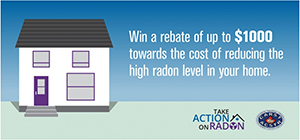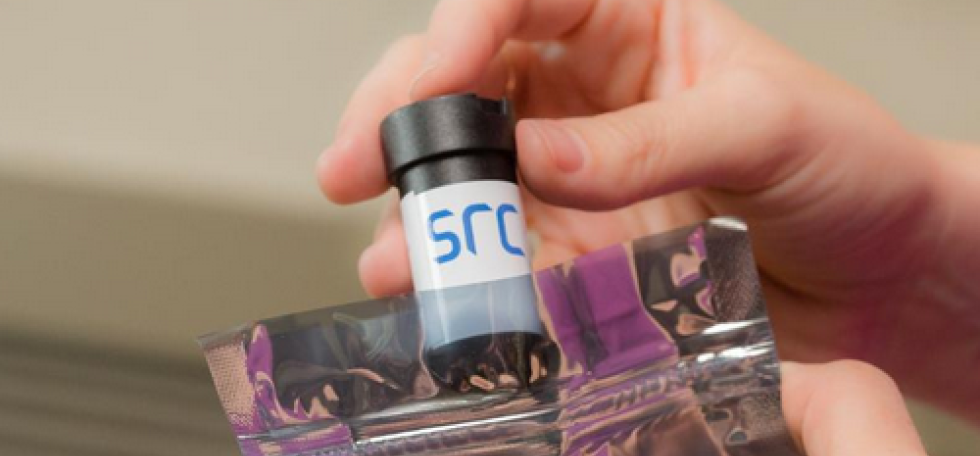What is radon?
Radon is a gas formed by the breakdown of uranium, a natural radioactive material found in all soil and rock.
How can radon harm my lungs?
As radon breaks down it forms radioactive particles that can get lodged into your lung tissue as you breathe. The radon particles release energy that can damage the cells in your lungs. When the cells in your lungs are damaged, there is the possibility of developing lung cancer. Radon is the second leading cause of lung cancer and Saskatchewan is a hot spot!
How can radon enter my home?
Most of the time the air pressure inside your home is lower than the pressure in the soil surrounding your home’s foundation. This difference in pressure can draw air and other gases in the soil, including radon, into the house. Gas containing radon can enter your home at any opening where the house contacts the soil. These openings can be present even in well-built and new houses.
How do I test for radon?
Testing is easy and inexpensive. We offer long-term radon test kits called alpha track detectors which are approved by Health Canada. Radon levels in a home change over time. They can increase and decrease from one day to the next. For this reason, testing over a longer period of time is most accurate. Health Canada recommends that homeowners do a long-term radon test, for at least three months, during the fall or winter months. Place the detector in the lowest area of the home where you or a member your family spends on average four hours each day. Testing instructions are included in your test kit.
Go local and test your home for radon today! We have radon test kits available for $65. The cost of your radon test kit includes shipping (even your return shipping within Canada), your radon lab analysis and results which are analyzed by the Saskatchewan Research Council (SRC) Environmental Laboratories.
What is a safe radon level?
There is no completely safe level of radon. Homeowners are encouraged to reduce radon levels to be as low as reasonably possible. The Canadian Guideline for radon in indoor air is 200 Bq/m3. #KnowYourNumber
Can radon levels be reduced in my home?
Techniques to lower radon levels are effective and can save lives. Radon levels in most homes can be reduced by more than 80% for about the same cost as other common home repairs such as replacing the furnace or air conditioner. To help you find the best way to reduce the radon level in your home, find a radon mitigation (reduction) expert who has been certified under the Canadian National Radon Proficiency Program (C-NRPP) Find a Radon Reduction Expert
Enter the Radon Sweepstakes!
 Once you have tested your home for radon and have taken action to reduce levels below Health Canada’s recommended guideline of 200 Bq/m3 you have a chance to receive a rebate for up to $1000 towards the cost of the radon reduction method in your home.
Once you have tested your home for radon and have taken action to reduce levels below Health Canada’s recommended guideline of 200 Bq/m3 you have a chance to receive a rebate for up to $1000 towards the cost of the radon reduction method in your home.

